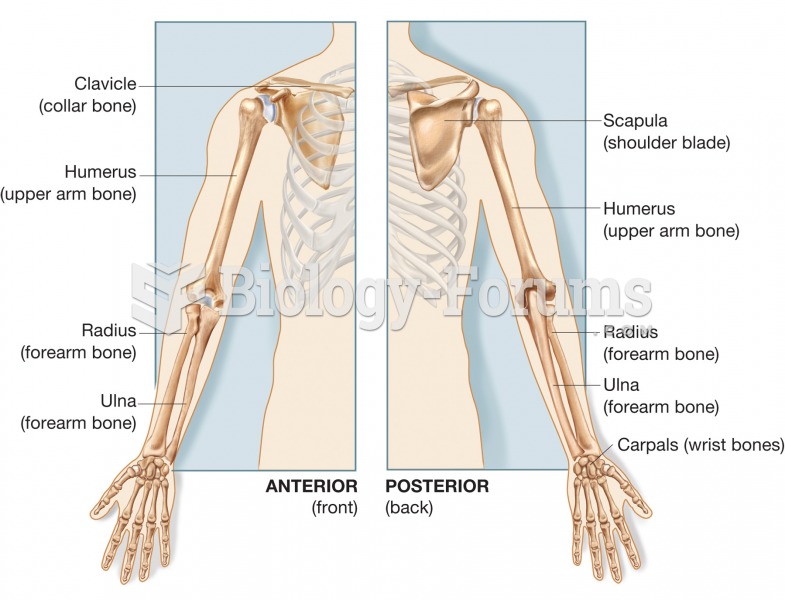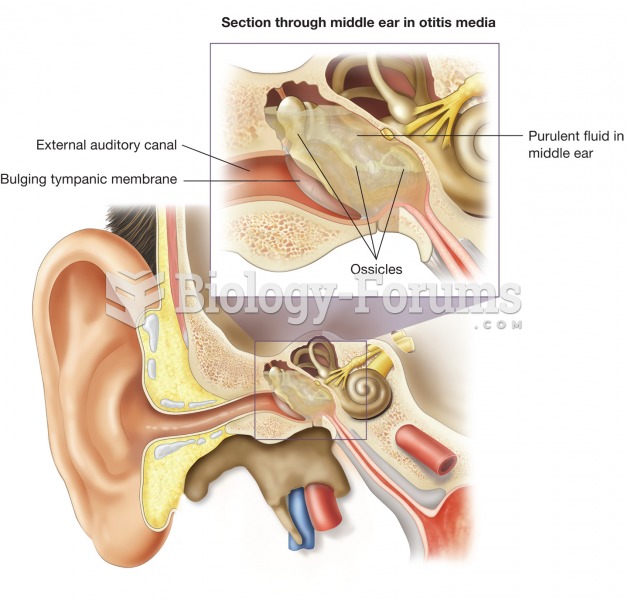|
|
|
A good example of polar molecules can be understood when trying to make a cake. If water and oil are required, they will not mix together. If you put them into a measuring cup, the oil will rise to the top while the water remains on the bottom.
The familiar sounds of your heart are made by the heart's valves as they open and close.
More than 4.4billion prescriptions were dispensed within the United States in 2016.
Cancer has been around as long as humankind, but only in the second half of the twentieth century did the number of cancer cases explode.
The average older adult in the United States takes five prescription drugs per day. Half of these drugs contain a sedative. Alcohol should therefore be avoided by most senior citizens because of the dangerous interactions between alcohol and sedatives.







